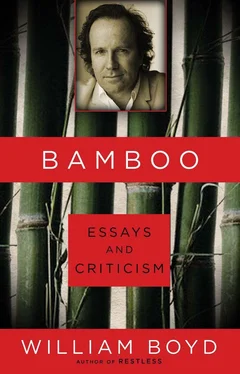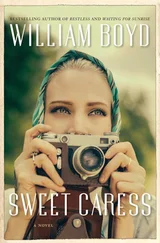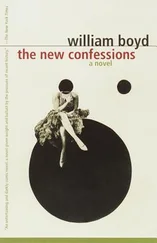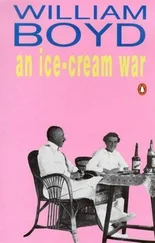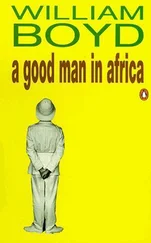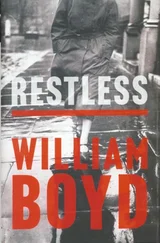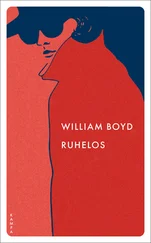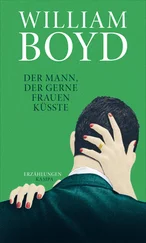Therefore it might be worth trying to categorize the short story in a bit more detail, to try and classify its multifarious forms. I have published three collections of short stories over two decades, a total of thirty-eight stories, in all. Perhaps there are another four or five uncollected ones out there — juvenilia in university magazines, the odd one-off commission for an anniversary (I seem to remember I wrote something about 1984 and Orwell) or a themed number of a magazine or anthology. In any event what repeatedly draws me to the short story is its variety — the enticing possibility of adopting different voices, structures, styles and effects. Looking at other collections by other writers, I gradually came to the conclusion that there are in fact basically seven types of short story and that within these seven categories almost every kind of short story can be accounted for. Some of them will overlap, one category will borrow from a seemingly unrelated type, but these denominations seem, by and large, to subsume all the species of the genus. In this diversity we may begin to see what short stories have in common.
This term was coined by the English writer William Gerhardie in 1923 in a short, fascinating book he wrote on Chekhov. Gerhardie uses this appellation to distinguish Chekhov’s stories from everything that had preceded him. Up until Chekhov, all short stories, virtually without exception, were event-plot ones. In these stories the skeleton of plot is all important, the narrative is shaped, classically, to have a beginning, middle and end. The revolution that Chekhov set in train — and which reverberates still today — was not to abandon plot, but to make the plot of his stories like the plot of our lives: random, mysterious, run-of-the-mill, abrupt, chaotic, fiercely cruel, meaningless. The stereotype of the event-plot story is the “twist-in-the-tail” famously developed by O. Henry but also used widely in genre stories — ghost stories (W. W. Jacobs, for example) and the detective story (Conan Doyle). I would say that today its contrivances make it look very dated, though Roald Dahl made something of a mark with a macabre variation on the theme and it is also a staple of self-appointed yarn-spinners (Jeffrey Archer, for example).
The Chekhovian Story
Chekhov is the father of the modern short story and his influence is still massive and everywhere. James Joyce pointedly claimed not to have read Chekhov when he published Dubliners in 1914 (most of Chekhov’s work had been translated into English since 1903) but the pointedness of the disclaimer is highly disingenuous. Dubliners, one of the greatest short story collections ever, owes a great deal to Chekhov: or to put it another way, Chekhov liberated Joyce’s imagination in the same way Joyce’s example later liberated others.
What is the essence of the Chekhovian short story? Chekhov wrote to a friend that, “It was time writers, especially those who are artists, recognised that there is no making out anything in this world.” I would say that the Chekhovian point of view is to look at life in all its banality and all its tragicomedy and refuse to make a judgement. To refuse to condemn and refuse to celebrate. To record the actions of human beings as they are and to leave them to speak for themselves (insofar as they can) without manipulation, censure or praise. Hence his famous retort when he was asked to define life. “You ask me what is life? That is like asking: what is a carrot? A carrot is a carrot and that’s all there is to it.” But the effect of this world view as expressed in his stories has had an astonishing influence. Katherine Mansfield and Joyce were among the first to write in the Chekhovian spirit but his cool, dispassionate, unflinching attitude to the human condition resounds in writers as diverse as William Trevor and Raymond Carver, Elizabeth Bowen, John Cheever and Muriel Spark.
The “Modernist” Story
I choose this title to introduce the other giant presence in the modern short story — Ernest Hemingway. I use the term to convey the idea of obscurity and deliberate difficulty. Hemingway’s most obvious revolutionary contribution to the short story was his style: pared down, laconic, unafraid to repeat the most common adjectives rather than reach for a synonym. But his other great donation was a purposeful opacity. When you read Hemingway’s early stories (far and away his best work, as it happens) you understand the situation at once. A young man is going fishing, he camps out for the night. Some waiters gather in a cafe. In “Hills Like White Elephants” a couple at a railway station wait for a train. The mood is tense between them. Has she had an abortion? And that’s about it. Yet somehow Hemingway invests this story and the others with all the covert complexities of an obscure modernist poem. You know there are hidden meanings here and it is the inaccessibility of the subtext that makes the story so memorable. Wilful obscurity in the short story works: over the length of a novel it can be very tiresome. This idea of modernist obscurity overlaps with the next category.
The Cryptic/Ludic Story
Here the story presents its baffling surface more overtly as a kind of challenge to the reader — Borges and Vladimir Nabokov spring immediately to mind. In these stories there is a meaning to be discovered and deciphered whereas in Hemingway it’s the tantalizing out-of-reachness that entrances. A Nabokov story such as “Spring at Fialta” is meant to be unravelled by the attentive reader — and it may take several goes — but the spirit behind its teasing is fundamentally generous: dig deep and you will discover more, is the implied message. Try harder and you’ll be rewarded: the reader is on his mettle. One of the great cryptic short story writers is Rudyard Kipling, something of an unacknowledged genius of “suppressed narration” as it is sometimes known: stories like “Mary Postgate” or “Mrs Bathurst” are wonderfully complex and multilayered. Critics still argue passionately about the correct readings.
The Mini-Novel Story
It establishes its remit in its title. Like the event-plot story this is one of the first forms the short story took. In a way it is something of a hybrid: half novel, half short story — trying to achieve in a few dozen pages what the novel achieves in a few hundred: a large cast of characters, lots of realistic detail. Chekhov’s great story “My Life,” for example, belongs to this category. It has a span of many years, characters fall in love, marry, separate, children are born, people die. All the matter of a Victorian three-decker is somehow compressed into its fifty or so pages. These stories tend to be very long, almost becoming novellas, but their ambition is clear. They eschew ellipsis and allusion for an aggregation of solid fact, as if the story wants to say, “See: you don’t need 400 pages to paint a portrait of society.”
The Poetic/Mythic Story
In strong contrast, the poetic/mythic story seems to wish to get as far away from the realistic novel as possible. This category is wide and includes writers as varied as Hemingway (his terse and brutal one-page vignettes that interleave his In Our Time story collection), the stories of Dylan Thomas and D. H. Lawrence, J. G. Ballard’s moody riffs on inner space to the long prose poems of writers like Ted Hughes and Frank O’Hara. This is the short story-quasi-poem and it can range from stream-of-consciousness to the impenetrably gnomic.
The Biographical Story
This is the one category that seems harder to define. One way of putting it would be to describe it as the short story deliberately borrowing and replicating the properties of non-fiction: of history, of reportage, of the memoir. Borges’s stories play with this technique regularly. The overweening love of footnotes and bibliographical annotation in younger contemporary American writers is a similar example of the genre (or to be more precise they represent a hybrid of the Modernist Story and the biographical — if my taxonomy is correct). Another variation is to introduce the fictive into the lives of real people. I’ve written short stories about Brahms, Wittgenstein, Braque and Cyril Connolly, for example — imagined fictive episodes in their real lives, yet have drawn on all the research that would be required as if the piece were an essay. A very valid definition of biography is that it is “a fiction conceived within the bounds of the observable facts.” The biographical story plays with this paradox and in so doing attempts to have its cake and eat it, to capture the strengths of fiction and the non-fictional account simultaneously.
Читать дальше
